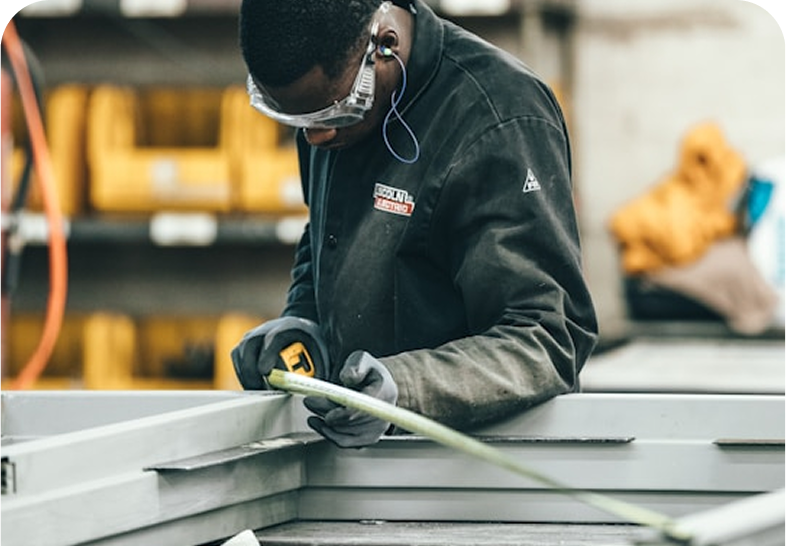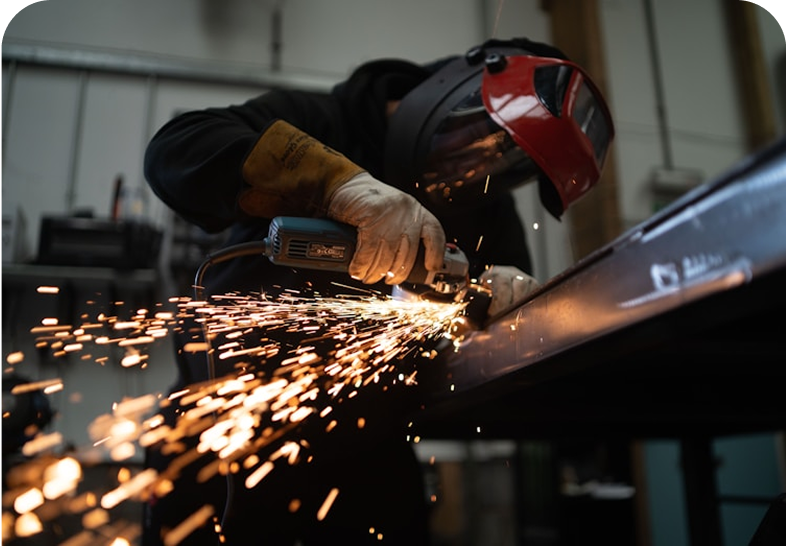Blog
Overcoming the Challenges of IIoT Integration with Legacy Equipment: Best Practices for a Smooth Transition
The promise of the Industrial Internet of Things (IIoT) is compelling: real-time visibility, predictive maintenance, and data-driven decision-making. But for many manufacturers, the journey to a connected factory begins with a tough question—how do you bring decades-old legacy equipment into the digital age without disrupting operations or breaking the bank? While integrating IIoT with legacy assets unlocks tremendous value, the process comes with unique challenges. Here’s how to overcome them and ensure a successful, scalable transition.
Understanding the Key Challenges
1. Compatibility and Connectivity
Legacy machines often lack digital interfaces and use proprietary or outdated protocols, making connectivity a major hurdle. Retrofitting these assets with sensors and gateways can bridge the gap, but ensuring seamless data flow to IIoT platforms requires careful selection of hardware and software.
2. Data Integration and Standardization
Legacy equipment may generate data in formats incompatible with modern analytics tools. Inconsistent or incomplete data can hinder real-time insights and automation. Standardizing data collection and using protocol converters or edge devices can help unify disparate data streams.
3. Security Concerns
Older machines were not built with cybersecurity in mind. Adding connectivity exposes them to new risks, from unauthorized access to data breaches. Implementing strong authentication, encryption, and network segmentation is essential to safeguard your IIoT ecosystem.
4. Cost and ROI
Full “rip-and-replace” upgrades are rarely cost-effective, especially for durable legacy assets. Retrofitting is more affordable, but companies must still weigh the investment against expected returns. Pilot projects and phased rollouts help demonstrate ROI before scaling up.
5. Change Management
IIoT integration isn’t just a technical project—it’s a cultural shift. Operators and technicians must adapt to new workflows, digital dashboards, and data-driven decision-making. Training and cross-functional collaboration are critical for success.
Best Practices for a Smooth IIoT Transition
1. Start with a Roadmap
Begin with a clear digital transformation roadmap. Identify business goals, prioritize critical assets, and outline key milestones. A phased approach—starting with pilot projects—allows you to learn, iterate, and build internal support.
2. Choose the Right Retrofit Solutions
Select sensors, gateways, and connectivity tools that are compatible with your legacy equipment and IIoT platform. Off-the-shelf solutions can be customized for most use cases, while edge computing devices help process and standardize data before it reaches the cloud.
3. Focus on Data Quality and Integration
Work with your IIoT provider to ensure that all collected data is accurate, consistent, and actionable. Use middleware or application enablement platforms (AEPs) to harmonize data from diverse sources and integrate with your existing MES, ERP, or maintenance systems.
4. Prioritize Security from Day One
Implement layered security measures—firewalls, encryption, secure authentication, and regular software updates—to protect both legacy and new assets. Segment networks to limit the impact of potential breaches and monitor traffic for anomalies.
5. Train and Empower Your Team
Involve operators, engineers, and IT staff early in the process. Provide training on new tools and processes, and encourage a culture of continuous improvement. Cross-functional collaboration ensures that technical and operational needs are aligned.
6. Measure and Scale
Track key performance indicators (KPIs) such as downtime reduction, maintenance costs, and production efficiency to quantify the benefits of IIoT integration. Once pilot projects demonstrate value, expand the rollout to additional assets and processes.
Conclusion
Integrating IIoT with legacy equipment is a journey filled with challenges—but also immense opportunities. By addressing compatibility, data, security, and cultural hurdles head-on, manufacturers can unlock the full potential of their existing assets and drive operational excellence. With the right strategy, tools, and team, your transition to a connected factory can be smooth, scalable, and successful.
Ready to overcome the challenges of IIoT integration? Discover how IoTiView’s solutions and expertise can help your facility achieve seamless connectivity and smarter manufacturing.

